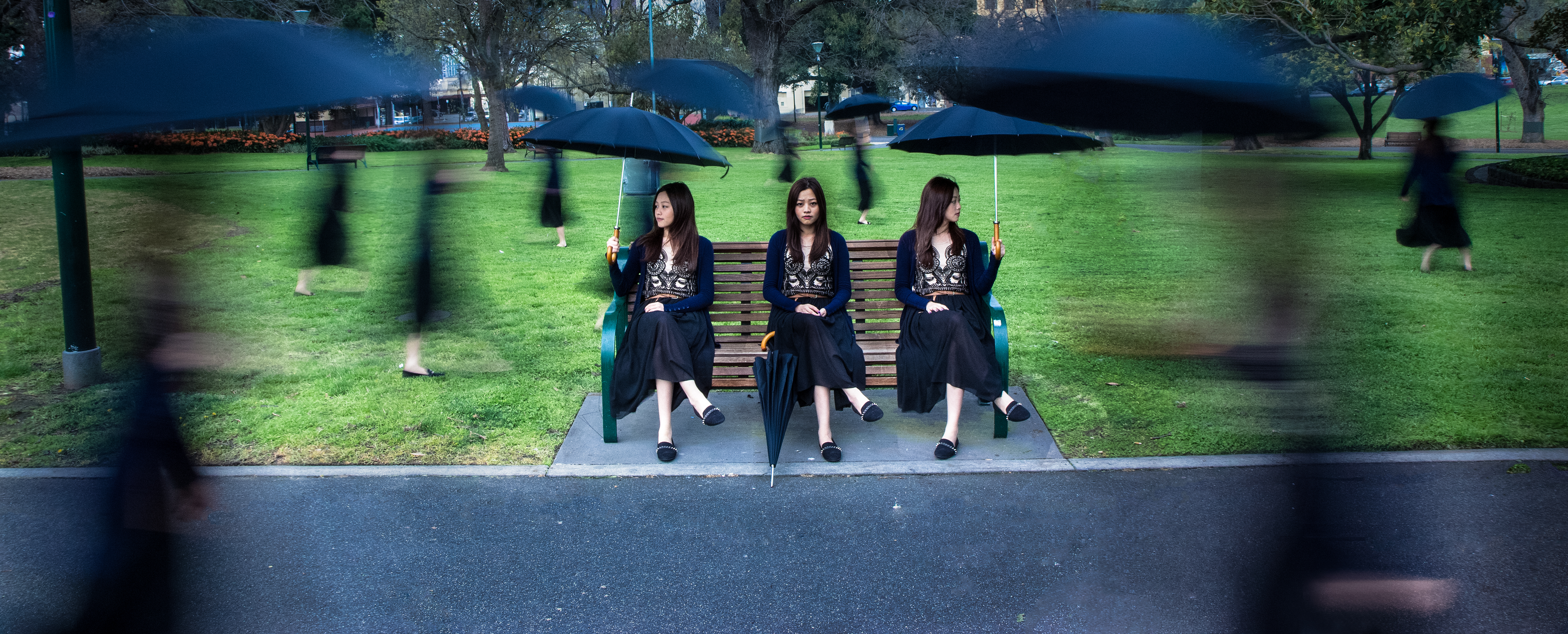Question 1
Question 2
Most applications reserve keyboard shortcuts for the functions that you use most often. It is really good to learn all of these as it will speed up your editing and additionally alert you to functions that the software developers and other users find important. (You can learn much about the software by looking at keyboard shortcuts).
Find the keyboard shortcuts for Premiere (hint, film-tv blog) and note four or more functions that you’ve never used before and why they may be invaluable to your editing. (Different functions to what you wrote last semester).
The keyboard shortcuts for Premiere are available here (Premiere shortcuts).
The first keyboard shortcuts that i don’t normally is Save (Cmd+S), normally i’ll just use to old fashioned way which is to go file, and then save, which I will only save after I’m done editing for the day or so. I find it really important to remember this shortcut, as there’s a few times where the software may crash and leaving the work unsaved and everything have to start all over again, with the shortcut, I can save it every 10 minutes or so to prevent any unnecessary time waste.
Second shortcut that i find useful is the Bin (Cmd+/), I think that editing with bins are more effectives, it enable us to store the footage in a more organized way, by dividing them into different groups, creating a folder structure as comprehensive as the project requires. I work better organized, so to save time, this is a shortcut to learn.
Thirdly, the shortcuts to save more time is to Match frame (M), instead of going back to the Project Panel, navigate to the right bin, find the right clip and load it in the Source Panel myself or to just simply scrub back to the first edit on the sequence and press M on the keyboard to Match Frame. Video editing is very time consuming, this shortcut definitely saves you time.
Lastly, Zoom to sequence, \ (backslash). How useful is that? Nothing is handier than being able to work nice and close in the Sequence Panel. That needs no more explanation.
Question 3
“From a distant gaze …” (1964) directed by Jean Ravel, picture Pierre Lhomme & Chris Marker, words by Louis Aragon, narrated by Jean Negroni, music by Michel Legrand.
Describe a few things that intrigue you – it might be shot construction, camera work, editing, overall structure, thematic concerns etc. Describe the camera work and why you think it has been shot that way.
Question 4
Select from one of the readings and briefly describe two points that you have taken from it. Points that interest you, something you could apply to your own documentary.
The readings i have selected is The art of the documentary by Cunningham, Megan. The first point that I’ve taken away from it is that, they do set up a little bit, to stimulate natural drama. As she mentioned in the article, film makers are not like surveillance camera, there are certain shots that are desired for the documentary, so we could actually get the character to repeat something that they did that the camera were not able to capture.
The second point that i’ve taken away from it is, the way she starts her new project. For me, starting a new project has always been hard, from topic, to styles, theme, and shooting angles etc, I often get stuck for a very long time before doing something. For her, she often seeks from help with the director, to think about the themes, and move on to questions that she asks herself, like what could we include in this, how, and what.
